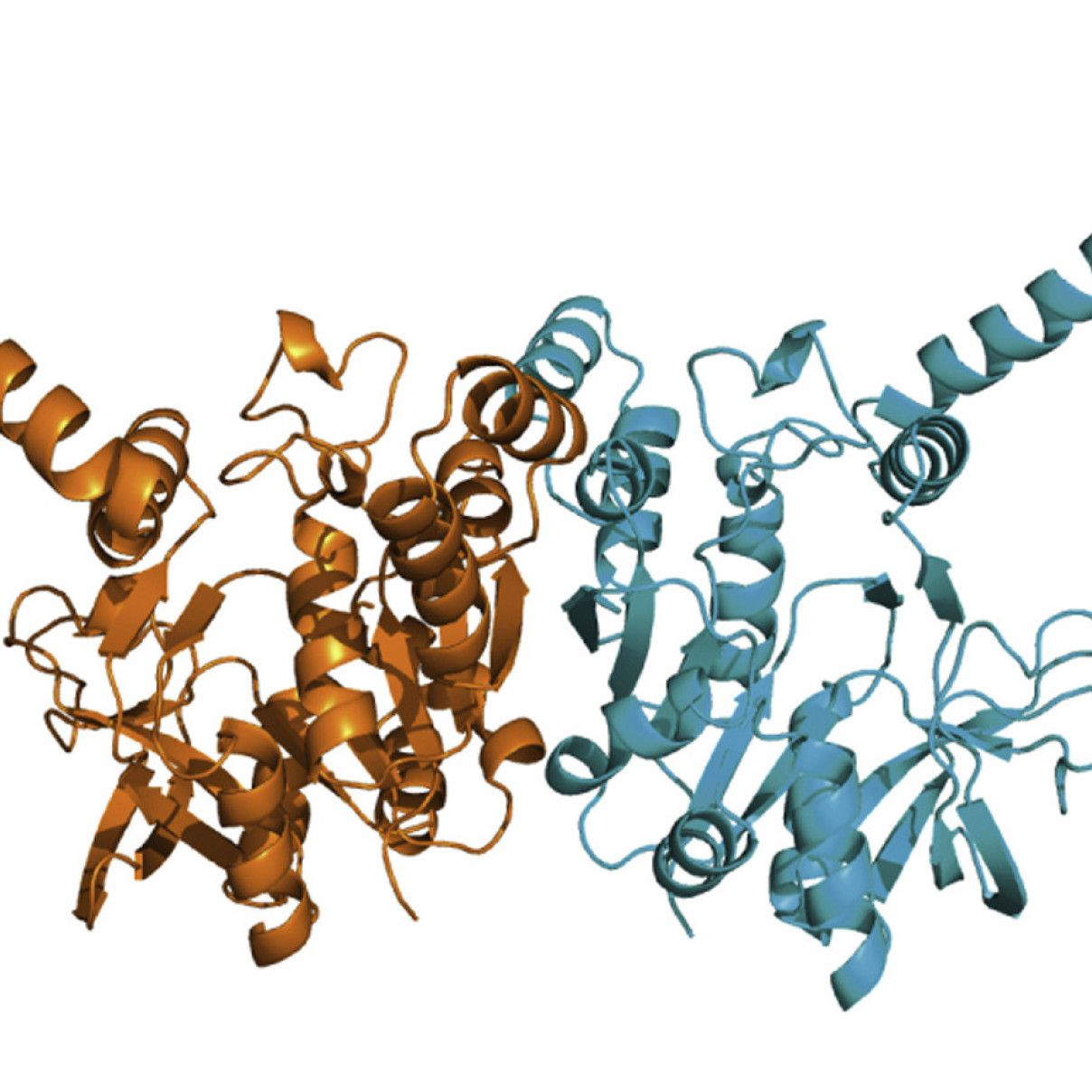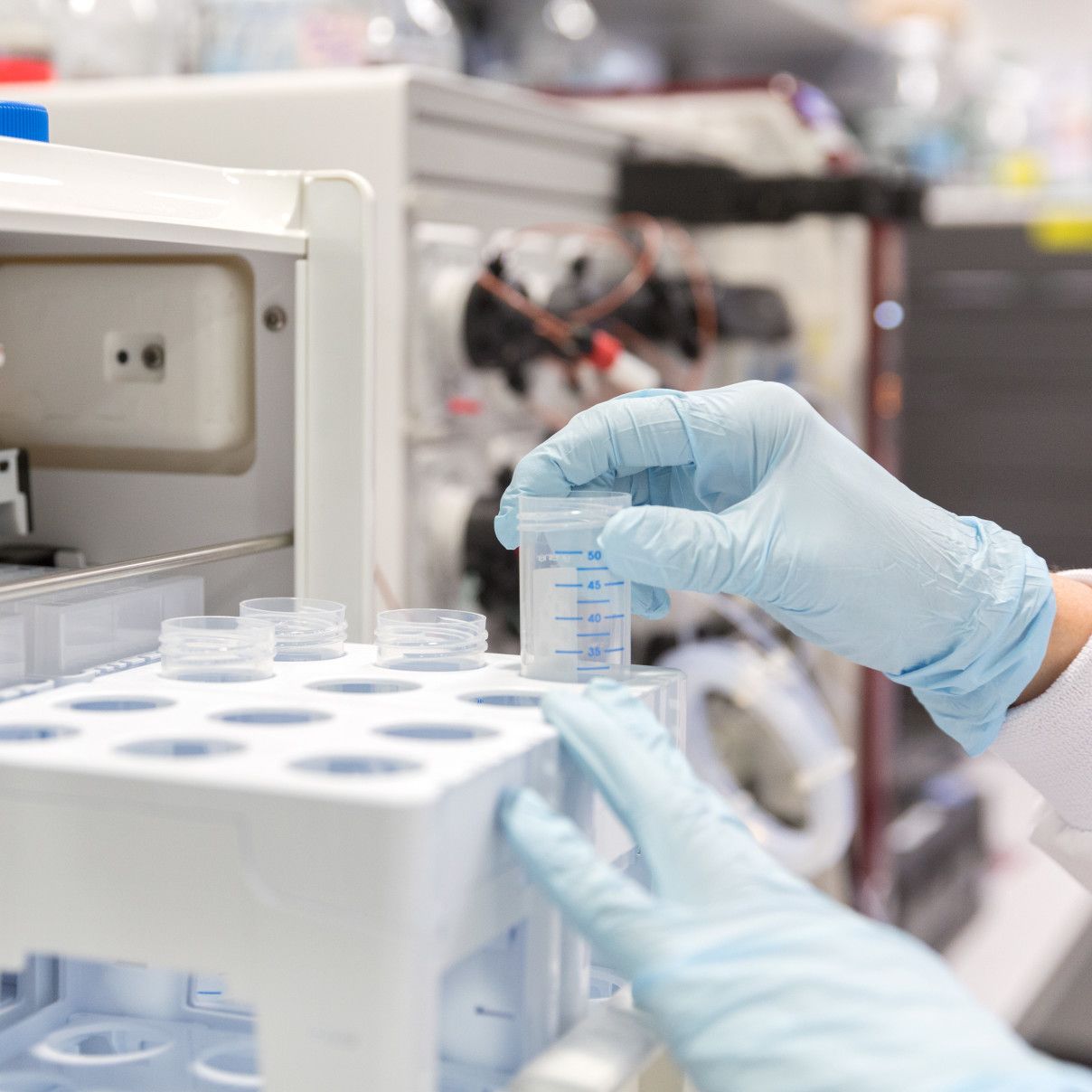Tutorials and Advice
Essential Reading
It is impossible to become a crystallographer without proper intensive training, including introductory lectures and practical experience. To set the stage, the following can be considered essential reading:
- History – Nature Milestones
- Crystallisation – Luft et al. (2014)
- Crystallography – Wlodawer et al. (2013)
- Symmetry – Dauter & Jaskolski (2010)
- Data collection – Krojer et al. (2013)
There's also a copy of Bernhard Rupp's Biomolecular Crystallography for consultation in the Facility, and College has a subscription to International Tables F.
Kevin Cowtan's structure factor tutorial is a classic and extremely useful.
Crystallisation
Getting a protein to crystallize is still the major bottleneck in X-ray crystallography. Here are some things to try if you're not lucky with your protein:
- Microseed matrix screening – This approach attempts to increase the number of hits and crystal forms by using microseeds in the Mosquito screening. It's not quite initial screening (because you need seeds) but it's also not quite optimization (because you're using the Mosquito and commercial screens). Read a detailed review and watch a webinar (free registration required).
A description step-by-step guide can be found elsewhere on this website. Example protocols for the Mosquito are in the Microseed_Screening folder.
Freezing crystals
Freezing can harm crystals and dramatically degrade diffraction. It's imperative to get it right.
- Test cryo-solutions – Always test a number of different cryo-protectants (e.g. glycerol, PEG 400, ethylene glycol, MPD, sucrose). Make the different solutions by replacing part of the water in the well solution with the cryo-protectant. Transfer the crystal, either in one step or by stepwise increasing the concentration of the cryoprotectant. Sometimes it is easier to transfer the crystal with a pipet instead of a loop. Check diffraction on the home source before going to Diamond and being disappointed. Jim Pflugrath gives a wonderful webinar on the topic.
- Collect at room temperature – To determine whether a crystal's poor diffraction is due to bad cryo, one should test its diffraction at room temperature. MiTeGen sells a kit consisting of special magnetic bases and transparent sleeves that work like old-school capillaries but are much easier to use. Even easier is to test diffraction in situ, without removing the crystals from the drop. This can be done in house using the PlateMate adaptor or at Diamond.
Alternatively, you can also take crystals to Diamond and request usage of the Humidity Control Device. This does not only allow you to collect room-temperature data at the synchrotron, but also to dehydrate the crystals in a controlled way.
Data processing
HKL-3000 is the default for processing of data collected with the Saturn 944+, but xds and iMosflm are also available on the computer.
- HKL-3000 – The program does everything from data collection to structure solution (step-by-step guide). For more info, there's a short video on indexing on the Desktop of the Saturn control computer. In Firefox, there's a bookmark to a video describing the whole data processing procedure in HKL-3000, and here's a paper.
- Shelxtl – A fairly old version of SHELXTL is installed on the computer running the Leica microscope. I'm not sure why you'd want to use it (SHELX in hkl2map is much more convenient), but it's there. To start type shelxtl in the Search Programs & Files box that appears after you click the Start button. Here's a tutorial.
- Blend – This program uses statistical analysis to combine data from multiple datasets. It is part of ccp4. A tutorial is available online, and here's a paper.
Phasing
Getting phases can be a big problem if you don't have a molecular replacement model. Here are some ways of getting around this:
- Sulfur SAD – The anomalous signal of sulfur atoms can be exploited at the home source. There's no need for SeMet incorporation or derivatization. This sulfur SAD guide describes the process step by step for our home source.
Additionally, there are a Bruker webinar with useful experimental detail and Rigaku webinars on sulfur SAD and iodine SAD.
Symmetry
A minutely detailed description of space group symmetry can be found in the International Tables, Vol. A. If you can't be bothered to lug the tome around with you, the space group diagrams are also available online. Their meaning is explained in a paper by Dauter & Jaskolski.
PyMOL
There are probably too many PyMOL tutorials out there already. But how do you make movies easily?

